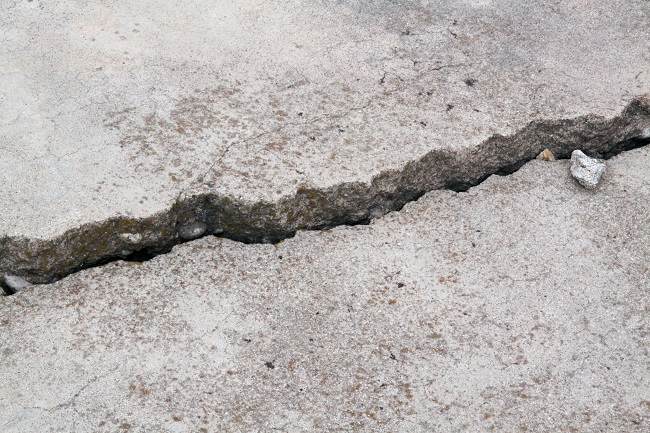Foundation Heave: Signs, Causes & How to Fix
Your house’s foundation exists to offer structural integrity to the house. The foundation evenly distributes the house’s weight to the ground, making it strong. When the structure is compromised, it can lead to costly repairs or, worse, causing it to collapse. When this happens, it can be stressful for homeowners, especially if they do not have home insurance. The fact of the matter is that foundation issues must be dealt with as soon as possible to protect your investment. Here is all you need to know about foundation heave.

What is a Foundation Heave?
The rise and displacement of a foundation caused by saturated, expanding soils are known as foundation heave. It is typically caused by plumbing leaks, seasonal moisture increases, or subterranean aquifers. Therefore, foundation heave raises your house floor.
What are the Major Signs of a Foundation Heave?
Fissures on the Concrete Floor
Concrete floor fractures may also result from a foundation heave. This occurs as a result of the foundation’s strong pressure being exerted on the concrete as well as the floors of your lounge. You can find these cracks outside at your doorway, on your porch, or close to your garage. If the foundation shift is severe enough, you may also uncover cracks within your home, especially close to the front entrance.
Wall Cracks
Since your walls are sitting on top of the foundation, foundation heave can significantly alter your home. Cracks appearing on your home’s interior walls is one of the warning signals you could face during the early stages of foundation heave. The external walls of your home may have cracks, but this is rare.
What Are the Causes of Foundation Heave?
Soil Erosion
Sand and loam soils are more frequently affected by soil erosion. When soil is exposed to water or the wind, it is carried away, causing soil erosion. As with clay soil’s shrink-swell cycles, soil erosion can generate foundation tilt in an essentially identical manner. The amount of water that seeps into the ground beneath the concrete slabs of your foundation can grow as a result of soil erosion.
Repeated Soil Shrink-Swell Cycles
Based on how much moisture they absorb, clay soil particles expand to sizes that are both double and triple their initial size when they become saturated. In contrast, these clay soil particles contract to their usual size as water evaporates from them. Over time, the soil may suffer severe weakness as a result of repeated shrink-swell cycles. Concrete slabs may heave upward if the soil beneath your foundation contains a lot of water.
How Can a Foundation Heave Be Fixed?
Fixing a foundation heave is no child’s play. Fortunately, professionals (contact us) offer a wide range of solutions depending on the homeowner’s space, budget, and needs.
Pier System
The Push Pier, the Slab Pier, and the Helical Pier Systems are three alternative pier systems that professionals offer to help repair foundation heave. The weight that it can sustain and the installation method are the key distinctions between all of these.
A foundation heave, if left unchecked, can be catastrophic. No homeowner should have to suffer because of a foundation heave. You can trust the team at Steady House Foundation Repair for all foundation repairs, from simple to more complex. Contact us today for more information.
